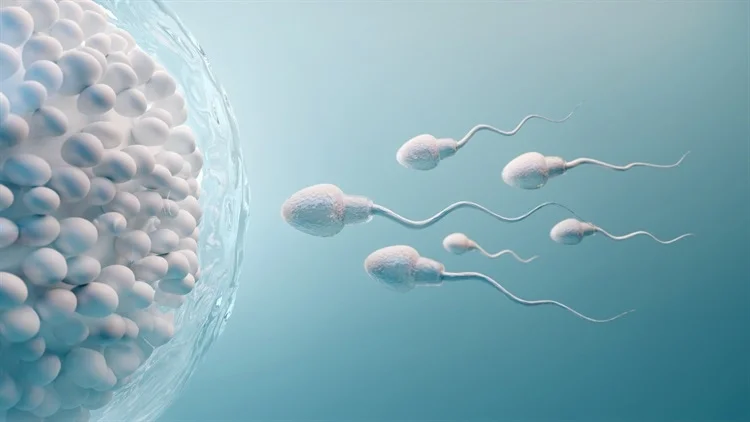NewsRescue
Researchers examined the effect of coronavirus disease (COVID-19) on sperm quality in a recent study published in the Journal of Medical Virology.
The purpose of this study is to look into the effect of COVID-19 on sperm count, motility, and morphology.
SARS-CoV-2 infection typically causes respiratory symptoms and fever, but in some cases, COVID-19 infection can be severe, causing multi-organ involvement. Angiotensin-converting enzyme 2 (ACE2), the host cell receptor for SARS-CoV-2, is widely expressed in the lungs, spermatogonia, Sertoli cells, and Leydig cells.
It has been proposed that inflammatory responses against SARS-CoV-2 may impair gonadal functions. Furthermore, immune responses in the testes have a negative impact on spermatogenesis. As a result, more research is needed to fully comprehend the effects of SARS-CoV-2 infection on the male reproductive system.
Concerning the research
The current study looked at the effect of COVID-19 on sperm morphology, motility, and count. Males aged 20 to 50 years old who visited the Adana City Training and Research Hospital’s in vitro fertilization (IVF) unit were included. Males who had tested positive for SARS-CoV-2 in the previous three months and those with less than 1.5 ml of sperm were excluded.
Participants who had a confirmed history of SARS-CoV-2 infection within the previous four months to one year were included in the COVID-19-positive group, while those who did not have COVID-19 served as controls. There was no information on whether or not participants had a spermiogram prior to COVID-19. Samples were not collected from people who had severe COVID-19.
Sperms were counted and classified as types a (rapidly progressively motile), b (slowly progressively motile), c (motile in situ), or d using a phase contrast microscope (immotile). The proportion of each sperm type as well as total motility were calculated. The Kruger criteria were applied to samples with concentrations greater than 5 x 106/ml.
Findings
The study included 200 males who were evenly divided into COVID-19-positive and -negative cohorts. Of the SARS-CoV-2-positive males, 48 had mild symptoms and 52 had moderate symptoms. COVID-19-negative and -positive participants had median ages of 30 and 30.5 years, respectively. The median period of sexual abstinence for COVID-19-negative males was four days and three days for COVID-19-positive males.
COVID-19-negative males had significantly higher sperm concentrations than COVID-19-positive males. Nonetheless, there were no significant differences in sperm volume, morphology, or motility between the two groups. There were four males with azoospermia in the COVID-19-positive group, but none in the COVID-19-negative group.
Conclusions
To summarize, the researchers discovered significantly higher sperm concentrations in males who did not have COVID-19 infection compared to those who did. There were no significant differences in sperm motility or morphology between the two cohorts. However, four SARS-CoV-2-positive males had azoospermia.
Because prior spermiogram data were unavailable, it was impossible to determine whether the azoospermia was caused by COVID-19. Although some studies support COVID-19’s negative impact on male reproduction, their sample sizes are small. Longitudinal studies with large sample sizes and pre- and post-COVID-19 data may thus better assess the disease’s impact on sperm parameters.
